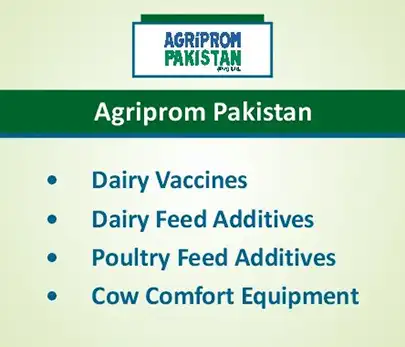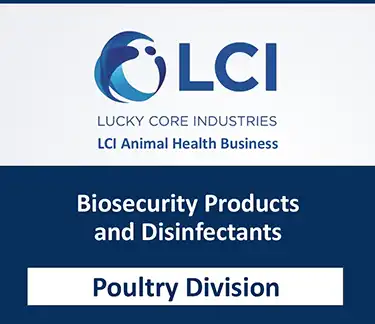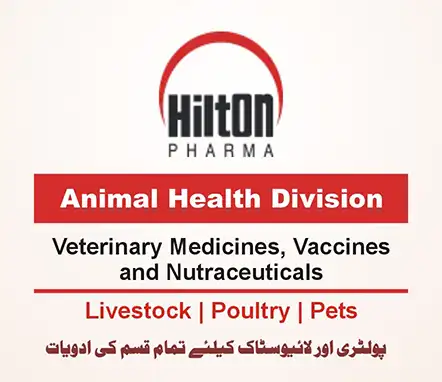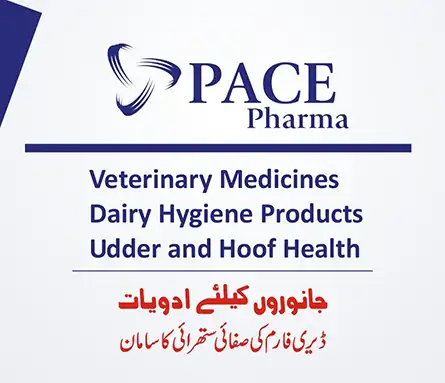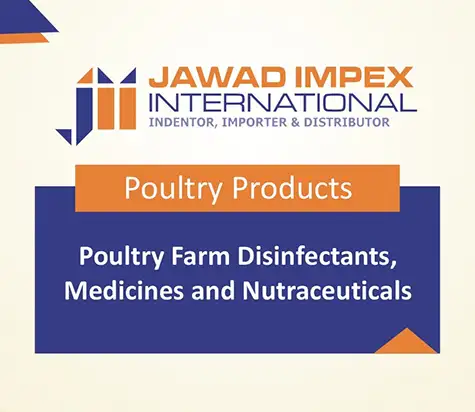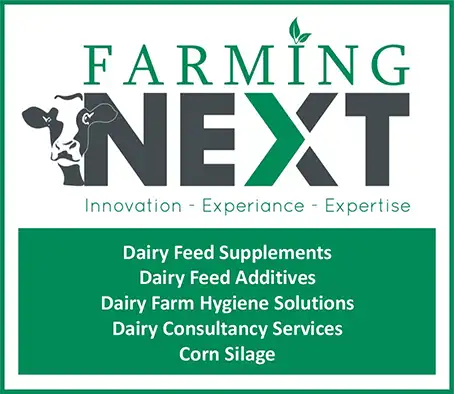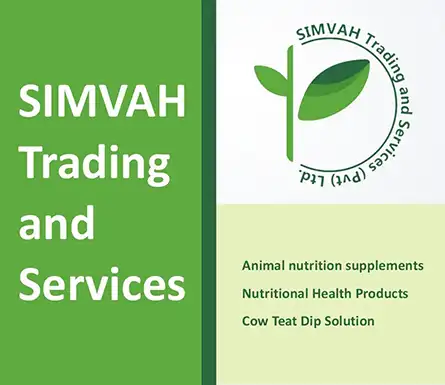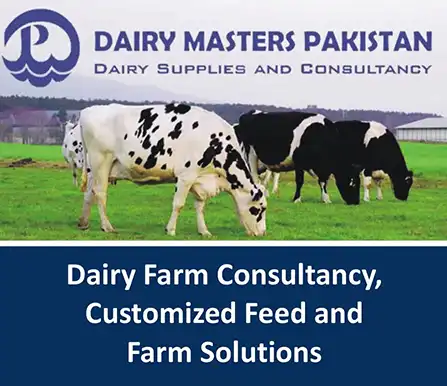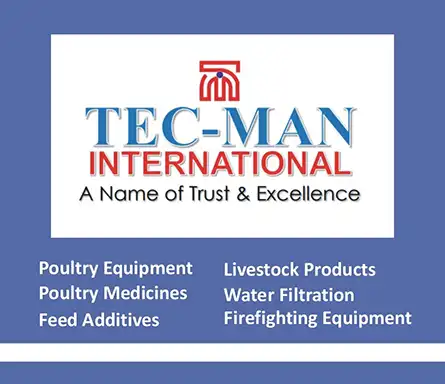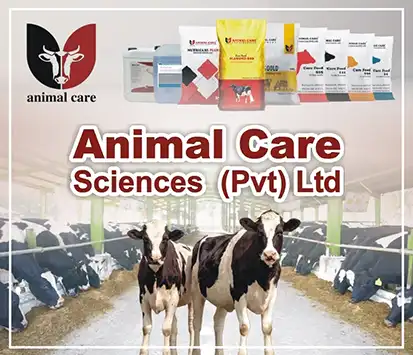Livestock and Poultry Farm Biosecurity and Hygiene Products Companies in Pakistan
Livestock Farm Biosecurity and Poultry Farm Biosecurity are highly important for successful farming. A number of companies offer farm biosecurity products and farm hygiene products. These include dairy farm disinfectants, poultry farm disinfectants, footbath products, udder health products, hoof health products, pest and rodent control products, and other products for poultry and dairy farm sanitation and hygiene.
Both poultry and dairy farms are under constant threat from infectious diseases that can spread rapidly, causing significant economic losses. From avian influenza and Newcastle disease in poultry to foot-and-mouth disease and lumpy skin disease in dairy herds, the risks are real and recurring. Implementing farm-level biosecurity and hygiene protocols not only protects animal health but also enhances productivity, ensures food safety, and boosts the overall credibility of livestock enterprises.
Trusted Farm Biosecurity Products Suppliers in Pakistan
A number of companies are offering poultry farm biosecurity products for livestock farm biosecurity products. These companies supply all types of products along with the services. Most of the pharmaceutical companies and input service providers are involved in the business of farm biosecurity products.
Understanding Farm Biosecurity
Biosecurity refers to a series of preventive practices designed to protect animals from harmful biological agents such as viruses, bacteria, fungi, and parasites. Livestock farm biosecurity and poultry farm biosecurity practices involve the physical, chemical, and operational measures that reduce the risk of disease entering, spreading, or persisting within a farm environment. This includes everything from controlling visitor access, sanitizing equipment and housing, managing animal movement, and regularly monitoring animal health. In simple terms, biosecurity is the farm’s defense mechanism against diseases.
Why Farm Biosecurity is Essential
Effective poultry farm biosecurity and livestock farm biosecurity offers multiple benefits to poultry and dairy producers. One of the most critical advantages is the prevention of zoonotic diseases those that can be transmitted from animals to humans. Diseases like Salmonella, Campylobacter, and E. coli can spread through direct contact or contaminated food products, posing a risk to both farm workers and consumers. By implementing strict hygiene practices, farmers can significantly reduce this threat.
Another important benefit is the reduced reliance on antibiotics. Clean, disease-free environments naturally lower infection rates, which in turn decreases the need for medicinal interventions. This not only cuts treatment costs but also helps combat the growing issue of antimicrobial resistance. Additionally, biosecurity leads to healthier animals. Poultry birds reared in clean environments grow faster and lay more eggs, while dairy cattle yield more and better-quality milk.
Components of Poultry and Livestock Farm Biosecurity
Dairy Farm Disinfectants and Poultry Farm Disinfectants
Dairy Farm Disinfectants and Poultry Farm Disinfectants are the cornerstone of any farm hygiene program. These chemical agents are used to eliminate pathogens from surfaces, tools, water systems, and animal housing. Disinfectants based on iodine, quaternary ammonium compounds, or hydrogen peroxide are highly effective in killing bacteria, viruses, and fungi that linger in animal environments. Regular cleaning of poultry sheds, dairy barns, and milking areas using appropriate disinfectants helps to interrupt the cycle of disease transmission and ensures a safe, sanitary space for animals to thrive.
Water Line Cleaning and Water Sanitation for Farm Biosecurity
Clean drinking water is essential for both poultry and dairy animals. Unfortunately, water pipelines can accumulate biofilms—slimy layers that harbor harmful bacteria and viruses. Regular cleaning and disinfection of water lines using chlorine, hydrogen peroxide, or organic acids prevent contamination and ensure safe hydration. Adding water sanitizers to drinking systems also boosts immunity and improves digestion, making it a simple yet powerful tool in your biosecurity arsenal.
Air and Surface Sanitizers for Poultry Houses
In poultry production, air quality directly affects bird health. Crowded sheds with poor ventilation become breeding grounds for airborne pathogens. Air and surface sanitizers can be applied using misting or fogging systems to reduce microbial load in the environment. These sanitizers help maintain clean surfaces and breathable air, reducing respiratory illnesses and improving overall bird performance. Cleaner housing environments also support higher feed conversion rates and lower mortality. This is the most important part of poultry farm biosecurity.
Footbaths and Foot Mats for Entry Control
Farm entrances are high-risk zones for pathogen entry. Footbaths and foot mats soaked in disinfectant solutions serve as simple yet powerful tools for reducing contamination. Every time a person enters a poultry shed or dairy area, they can inadvertently bring in harmful microbes on their shoes. Footbaths neutralize these risks by sanitizing footwear before contact with animal areas. To maintain their effectiveness, the disinfectant solution in these mats must be refreshed regularly to avoid turning into a breeding ground for germs themselves. This plays an important role in poultry farm biosecurity and farm hygiene.
Protective Clothing for Farm Personnel
Farm workers often move between different areas of the facility, which can facilitate the unintentional spread of infections. Wearing protective clothing such as coveralls, gloves, boots, and headgear helps prevent direct contact with animals and contaminated surfaces. For larger operations, assigning different clothing sets for separate areas like milking parlors, poultry houses, or feed storage zones further strengthens disease control. These simple precautions greatly reduce the potential for cross-contamination within the farm.
Hand Hygiene and Sanitation Stations
Hand hygiene is a fundamental component of biosecurity, yet it is often overlooked. Farmworkers should have access to clean handwashing stations or alcohol-based sanitizers at critical points such as animal enclosures, feed storage areas, and entrances. Proper hand sanitation before and after handling animals minimizes the transmission of pathogens between humans and livestock. Promoting a hand hygiene culture across the farm not only protects animal health but also ensures worker safety and compliance with good agricultural practices.
Pest and Rodent Control Measures for Farm Biosecurity
Farm biosecurity products also include rodents and pest control products. Rodents, flies, and mosquitoes are notorious carriers of livestock diseases. They spread pathogens through contaminated feed, water, and animal bedding. Effective pest control strategies are essential for maintaining farm hygiene. Measures may include traps, repellents, insecticides, and farm sanitation practices aimed at removing breeding sites. Clean feed storage, sealed bins, and proper drainage systems help reduce pest presence, while regular inspections ensure that infestations are dealt with promptly before they turn into outbreaks.
Teat Dips and Udder Hygiene for Dairy Animals
For dairy farms, mastitis remains one of the most common and costly diseases. Udder hygiene, especially during the milking process, is critical for preventing infections. Teat dipping are applied before and after milking to kill harmful bacteria and maintain udder health. These dips not only protect the animal but also ensure the production of clean, high-quality milk that meets safety standards. Regular use of these products as part of the milking routine contributes to better milk yields and reduced veterinary costs. Udder health protection is an important component of livestock farm biosecurity.



